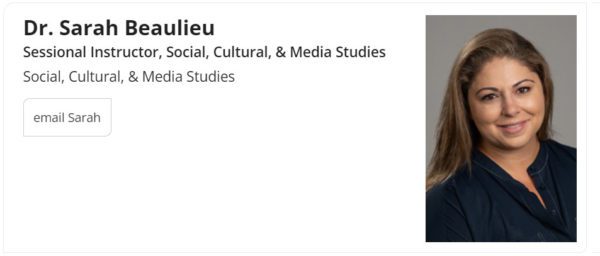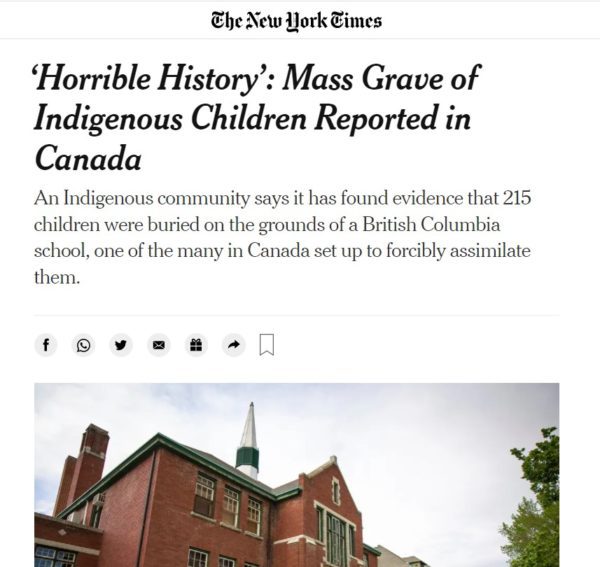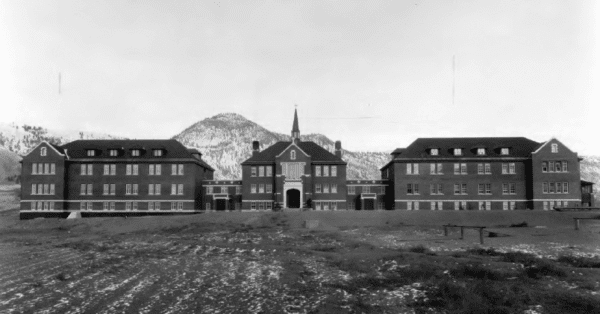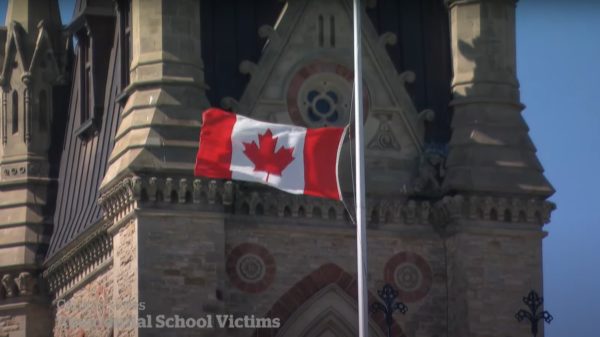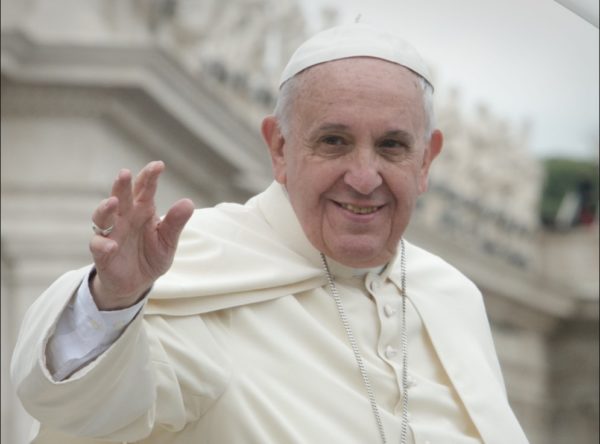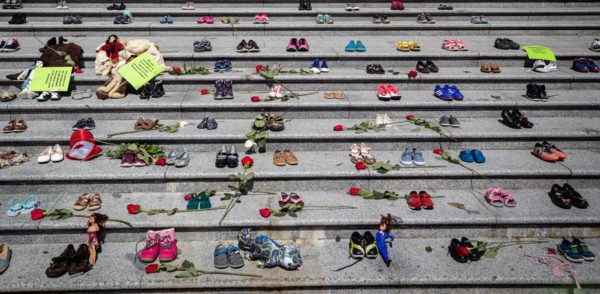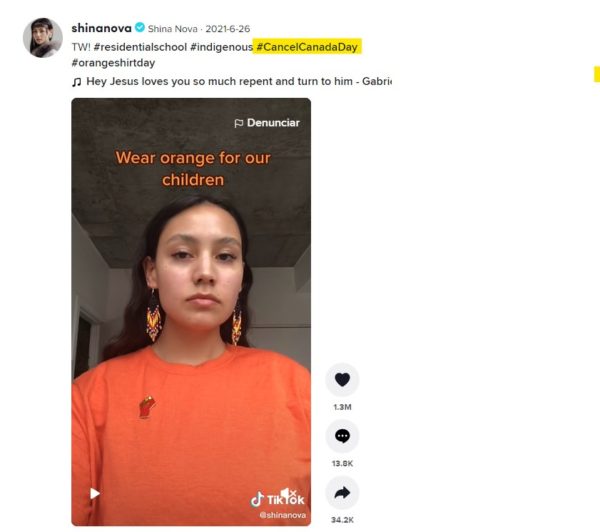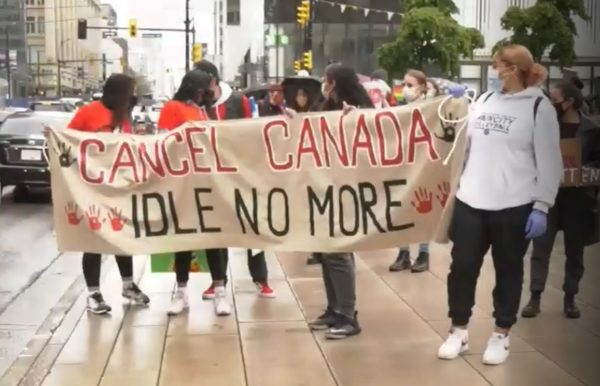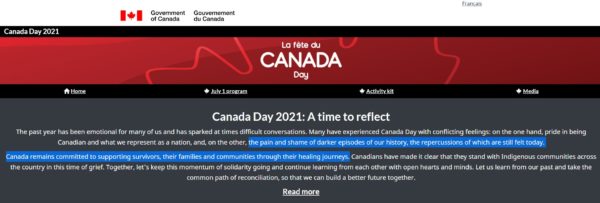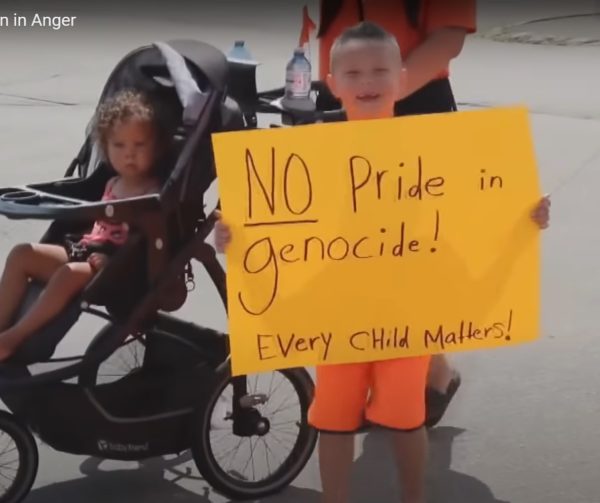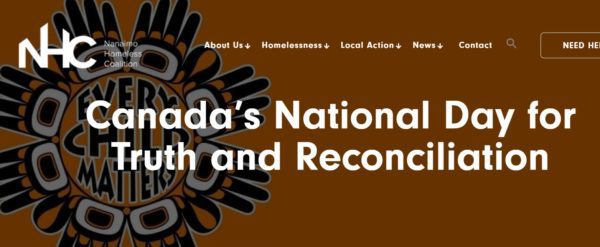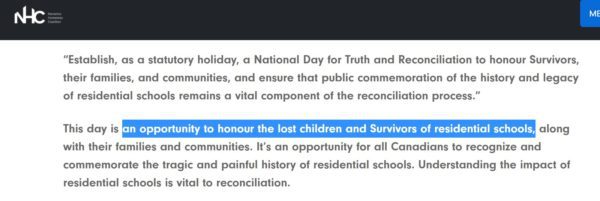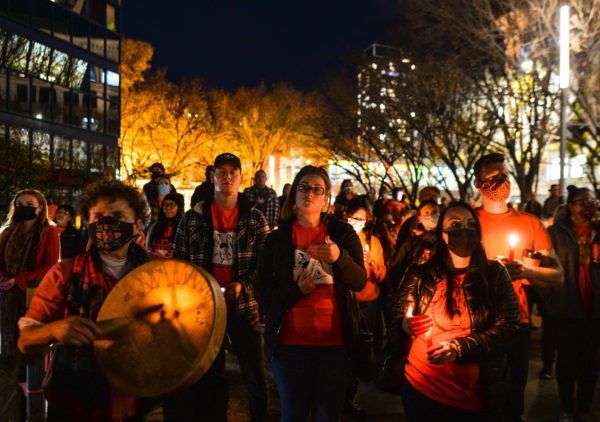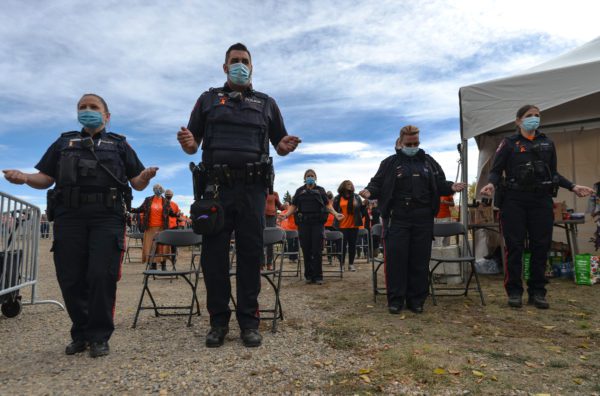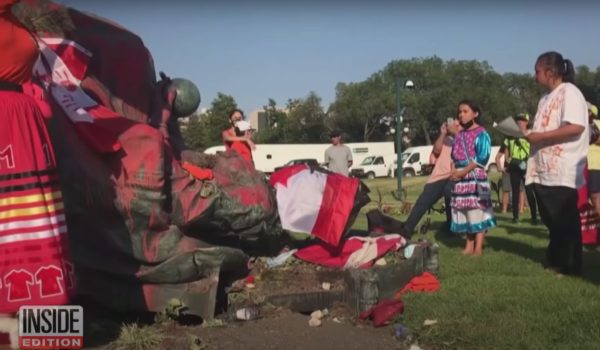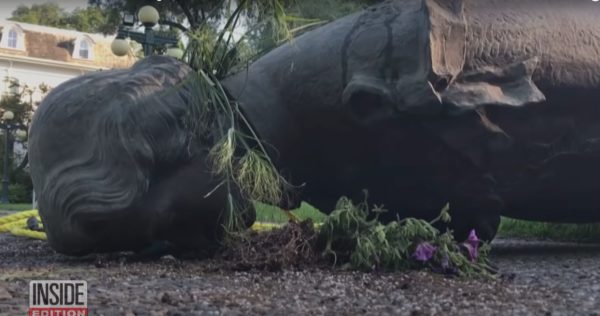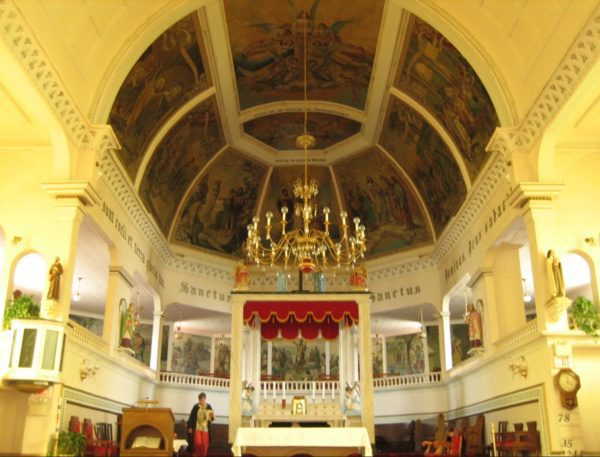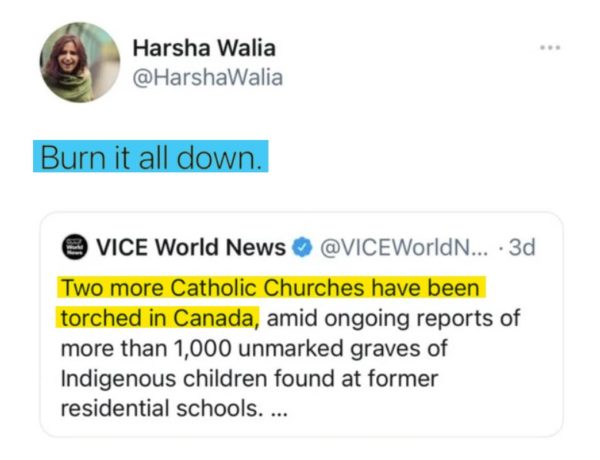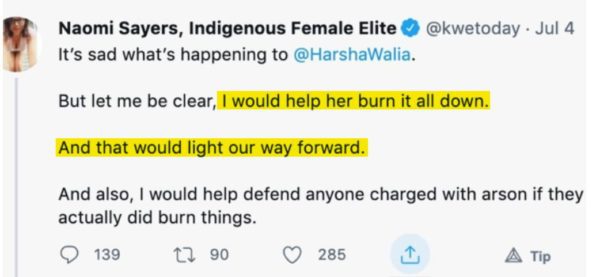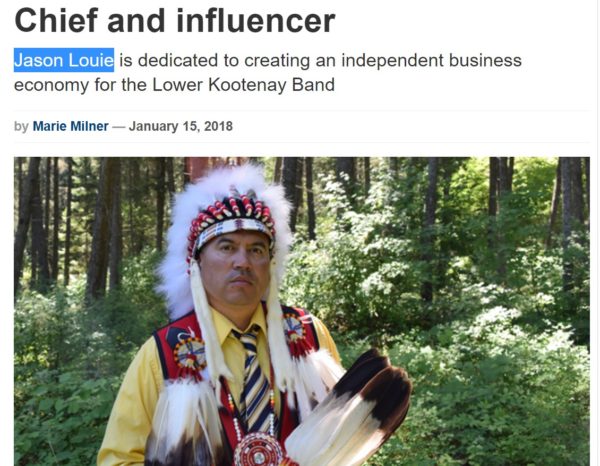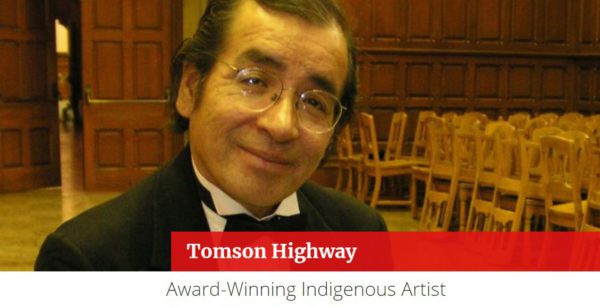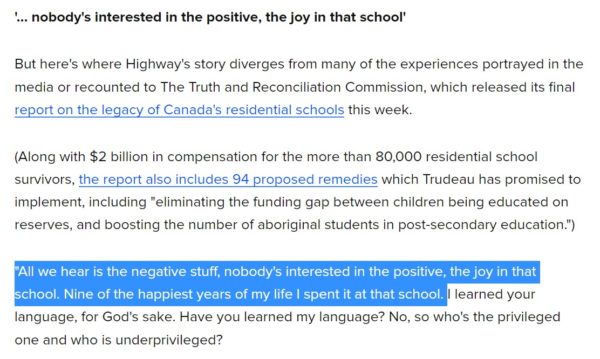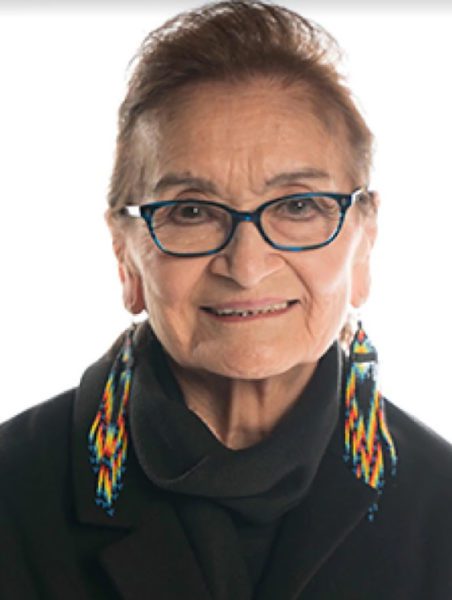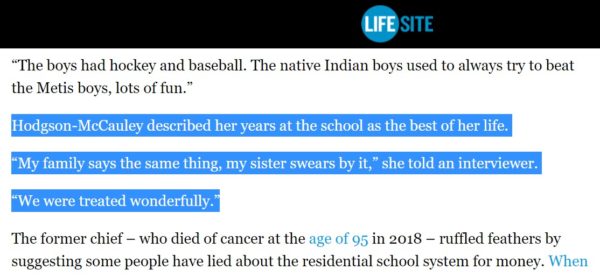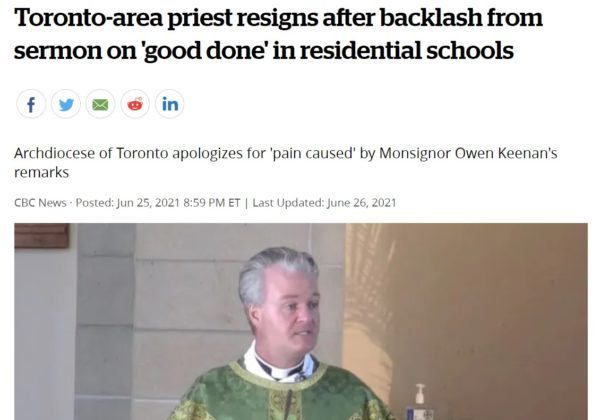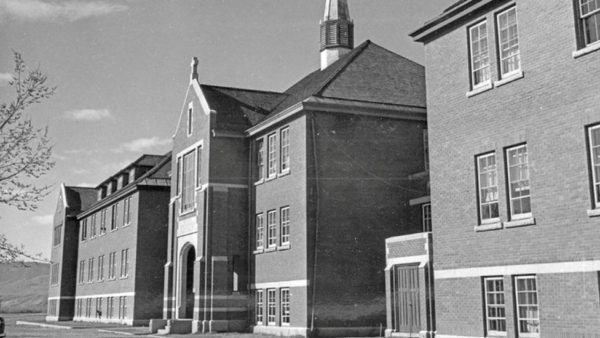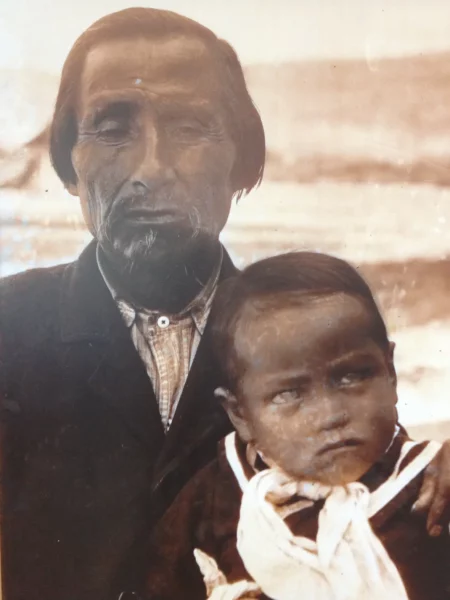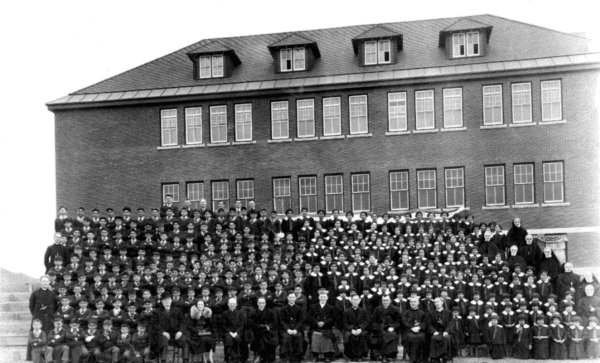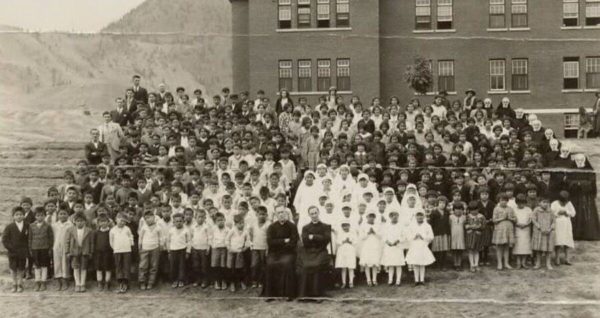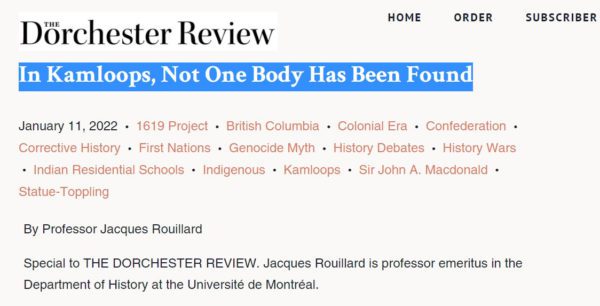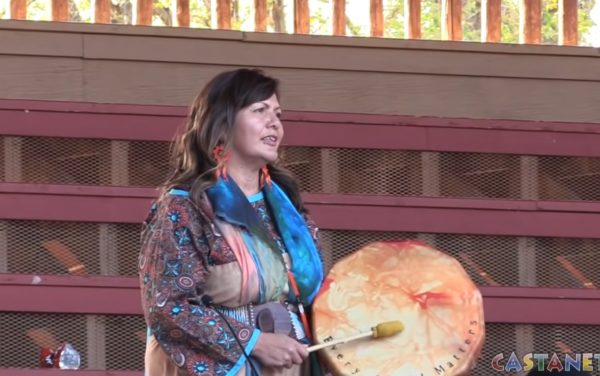Second anniversary of the Kamloops grave claim

Today, May 27th, 2023, marks the second anniversary of one of the most shocking announcements in modern Canadian history.
On that date, the Tk’emlúps te Secwépemc (Kamloops Indian Band) issued a press release claiming that the “remains” of 215 students who had attended the reserve’s Indian Residential School (IRS) between 1890 and 1978 were discovered using ground-penetrating radar (GPR).
This gruesome finding grounded in “a knowing in our community that we were able to verify” of the cemetery’s existence instantly became sensational headline news bordering on moral panic, worldwide. The press release also claimed “At this time we have more questions than answers.” This admission did not stop most media and indigenous activists from proposing more “case closed” answers than questions.
Across Canada, the meagre preliminary information given was more than enough to provoke mournful vigils, solidarity speeches, emotional testimonials from former IRS students, self-flagellation by politicians, flags on government buildings lowered to half-mast for six months, statues of former Canadian heroes defaced, destroyed, toppled, or removed, demands for the renaming of streets and public schools, calls for yet another papal apology, and the destruction, vandalism or desecration of some 70 mainly Roman Catholic and Anglican Churches on and off indigenous reserves.
But two years later, there are even more questions than answers. Why was this presumptive cemetery considered to be different from hundreds of non-indigenous burying grounds like it all across the land — missing, neglected, or unknown for generations — but subject to little or no reporting? Why was so much emphasis given to the results of the inconclusive technique called GPR? Why are new GPR searches planned for the same reserve when the details of the previous one are still a closely guarded secret? Why was the analysis headed by Sarah Beaulieu, a lowly sessional instructor at the University of the Fraser Valley, an institution nobody has ever heard of, given top priority when there were other better sources of information available? Why has the site still not been excavated to uncover the physical remains? Why did no journalist except one from Rebel News bother to visit the site to carry out an independent investigation? And why was the potentially fallible oral history “knowings” of indigenous knowledge keepers privileged over historical records located in school, church, and public archives?
Close to the eve of the first anniversary of this discovery, the Kamloops media-savvy leadership organized a 14-hour commemoration ceremony. Tellingly, no observance seems planned for the second anniversary, at least according to the Band’s media site. Why not?
None of these questions has even been asked, let alone answered, by the Kamloops band. Yes, it was confirmed four days after the press release that the band was “engaging with the coroner,” but this has gone nowhere. Yes, there was also early talk about exhuming the graves, but this has never happened. As for the site being treated as a crime scene, the RCMP said it opened a file on the case. Still, there is no ongoing investigation, suggesting that no murders are believed to have occurred at the school despite decades of rumours suggesting otherwise.
The lack of progress on exhumation is said to reflect the assertion since indigenous burying grounds are sacred places, only indigenous people should be involved in reserve mortuary issues despite all funding for such efforts coming from Canada’s taxpayers.
But sacredness also applies to the cemeteries of other ethnic and racial groups along with the need to account for public spending, so this assertion smacks of special privilege.
Its lack of credibility is also challenged by the fact that pre-contact west coast burials involved placing the remains in garbage middens, earthen mounds, stone cairns, or above ground on platforms or in trees. Given the mobile nature of West Coast foraging groups, many of these locales were soon forgotten.
Only after accepting Christianity following close contact with the European missionaries did aboriginal peoples adopt all Western funerary practices save careful maintenance and regular visits to graveyards, as can be seen from the many neglected and unmarked band cemeteries across Canada, occasionally resulting in the desecration and destruction of old burials when new ones are attempted. Moreover, given that allegations of murder, even genocide, occurring at the Kamloops IRS have been bandied about for decades, it is passing strange why the band would resist a forensic examination of the alleged graves.
Conversely, if these were fresh burials based on firsthand witness accounts, is there any doubt that the band would have immediately demanded the RCMP carry out a thorough examination, the alleged sacredness of the area be damned?
Precisely this demand is now occurring in Winnipeg with indigenous family members, leaders, activists, and media loudly demanding for months that a detailed search of the four-acre Winnipeg Prairie Green private landfill where the bodies of Morgan Harris, 39, and Marcedes Myran, 26, two missing indigenous women, are suspected of having been recently buried. Both are presumed to be victims of the same attacker. The search demanded would take three years and could cost perhaps as much as $184 million. (The effort would also present substantial risks for potential searchers given the hazardous materials buried in that location.)
By way of contrast, why have Kamloops band officials and residents not demanded even a minimally invasive investigation technique like “core sampling” at the presumptive burial site to quickly, safely, respectfully, and conclusively determine the contents of a single inconclusive radar hit?
Could the answer be that Kamloops officials fear that these GPR-detected soil disturbances don’t represent the presence of any human remains?
Of all the unknowns and dubious excuses for them at Kamloops, perhaps the paramount one is hardly mentioned: the relationship between the unnamed children said to be buried in these graves and the named students claimed to be missing. These two issues have been conflated, deliberately or not, by the Truth and Reconciliation Commission (TRC) charged with documenting the history, operation, and legacy of the Indian Residential Schools and its successor, the National Centre for Truth and Reconciliation (NCTR).
The TRC opined early on that many indigenous children sent to residential schools never returned to their home communities. Some children ran away, and others died at the schools. The students who did not return are called the Missing Children. The Missing Children Project documented the deaths and burial places of children who died while attending the schools by placing their names in a Memorial Register. To date, 4,115 mainly named children who died while attending a residential school — but not necessarily at the school itself — have been identified. It is unclear whether the NCTR considers the unnamed children said to be buried in GPR-located graves part of this number. They should not, if only because they are undocumented and unidentified.
Elementary logic supports this assertion: how can the soil anomalies, the only sign of burials detected by GPR, be called “the remains of missing children” when there are no proven human remains. And unnamed and unknown children cannot be called missing when they are known to be dead, and dead people buried in graves are not missing but simply dead.
Logic also suggests that it is reasonable to hypothesize that Kamloops band officials are reluctant to dig up the abandoned apple orchard beside the long-shuttered school where these children are said to be buried because they fear no bodies — “missing” or not — will be found. The three excavations already undertaken — the Shubenacadie IRS, the Battleford Industrial School, and the Camsell Hospital site — have either produced negative results, confirmed that the bodies found were properly buried IRS students, or predated the IRS system.
Seen from the perspective of the Kamloops band, it might be far more prudent to keep this an enduring mystery rather than risk being exposed as supporting what some have called the great Canadian burial hoax.
To address the link between the putative gravesites and Memorial Register requires the transfer of attention from official mainstream-sanctioned unknowns to the growing body of unofficial but thoroughly documented evidence gathered since June 2021. None of this contrarian data, carefully collected, compiled, and published by impartial investigators with no financial or other stake in keeping the story of thousands of “missing children” alive supports the legacy media and political narratives.
Data for the dozens of IRSs with students listed as missing was painstakingly collected by intrepid researcher Nina Green. They prove that most of the 51 students missing from the Kamloops IRS were buried in named cemeteries on their home reserves. Accordingly, few could have been buried in some “secret cemetery” in a former apple orchard, leaving the identity and fate of the others a mystery.
Green communicated all these data months ago to the relevant parties: the media, provincial and federal politicians, indigenous leaders and activists, and academics focusing on aboriginal issues. Only a couple bothered to acknowledge receipt of this critical material.
So, who or what is buried in the apple orchard?
“Who” could be people who died before the school opened in 1890 since no missing children were listed for the following period. It is surely conceivable that some of these pre-1890 corpses may have been murder victims, but there is no authenticated case of a homicide at the IRS during its entire 88-year history. Not one.
As for the accusation that murdered children were buried in the apple orchard in the dead of night, elementary logic — as opposed to indigenous folktales — again says that this was inconceivable. The school is not in some remote part of the province; it has always employed band members; the apple orchard is located within eyesight just across the river from the city of Kamloops; and the school always saw a daily stream of visiting parents and dignitaries, tradespeople, school inspectors, and other parties. How could 215 children have been secretly buried with the whole of Kamloops and the entire Kamloops Band turning a blind eye?
“What” is undoubtedly the likely determiner. It suggests that the remains of dead animals, neatly-spaced apple tree stumps, and debris from various construction projects, including the laying of sewage tiles in the late 1930s in the exact place that newly-placed burial markers now appear, are what was revealed by the GPR probe.
There is other indirect evidence as well. No named indigenous relatives on the Kamloops reserve or elsewhere in Canada are frantically looking for a named but missing IRS child. This is because all students required signed applications to attend the IRS schools and were minutely followed in Quarterly Reports from entry to exit. Without such records, the schools could not receive operating funds from the Department of Indian Affairs.
Thousands more “missing children” could easily be found where their final resting place is bureaucratically buried, namely in carefully preserved school, church, and government records. This would only happen if the relevant parties —indigenous activists, band leaders, and family members — showed interest in them.
So far, these parties prefer to support fruitless GPR studies that have not turned up a single “missing” body, evidence they are pursuing a far different agenda, one rooted in the mantra “At this time we have more questions than answers.”
Guest columnist Hymie Rubenstein is editor of The REAL Indigenous Issues Newsletter and a retired professor of anthropology, University of Manitoba.

